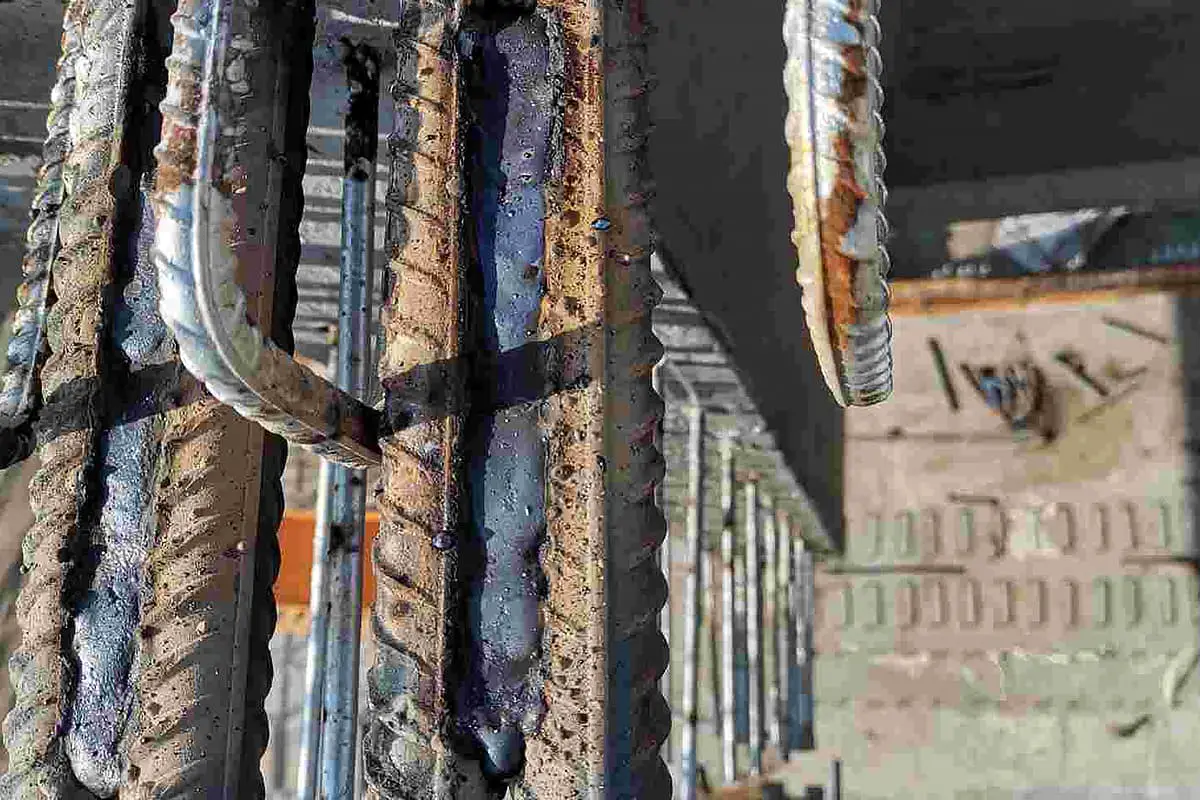Understanding the Art of Welding: Just How to Prevent Undercut Welding Issues for Flawless Fabrication Outcomes
By understanding the root triggers of undercut welding and carrying out reliable techniques to stop it, welders can raise their craft to brand-new levels of quality. In the search of flawless fabrication outcomes, mastering the art of welding to avoid undercut concerns is not just an ability but a requirement for those aiming for excellence in their job.
Recognizing Undercut Welding

To stop undercut welding, welders need to make sure appropriate welding criteria, such as adjusting the present, voltage, traveling speed, and maintaining the proper electrode angle. Furthermore, making use of the proper welding technique for the details joint setup is necessary. Employing weaving activities or backstepping strategies can help make sure appropriate weld steel deposition and lower the probability of undercut formation. Routine assessment of welds throughout and after the welding procedure is also critical to capture any kind of undercut very early and make required changes to prevent more issues. Preventing weld undercut. By recognizing the reasons of undercut welding and carrying out precautionary measures, welders can achieve premium, structurally audio welds.
Root Causes Of Undercut in Welding
Understanding the variables that contribute to undercut in welding is essential for welders to generate high-quality, structurally audio welds. Damaging occurs when the weld steel does not appropriately fill the groove formed in between the base metal and the formerly transferred weld metal. A number of factors can lead to undercut in welding. One typical reason is extreme warmth input. Welding at heats for extensive periods can cause the base steel melting greater than preferred, causing damage. Inadequate welding existing or incorrect welding rate can likewise add to damage. Inadequate current might not offer enough heat to thaw the base and filler metals appropriately, while too much rate can avoid appropriate combination, triggering undercut. Additionally, inappropriate electrode angles or inaccurate lantern control techniques can create locations of low weld metal deposition, advertising undercut. Recognizing these reasons and implementing correct welding methods can assist stop undercutting issues, ensuring long lasting and solid welds.
Techniques to stop Undercutting

To reduce the threat of damaging in welding, welders can utilize tactical welding strategies aimed at enhancing the top quality and integrity of the weld joints. In addition, using the right welding strategy for the specific joint configuration, such as weave or stringer beads, can contribute to reducing damaging.
In addition, appropriate joint prep work, including guaranteeing tidy base products this website devoid of impurities and utilizing the proper welding consumables, is essential in stopping undercut issues. Using back-step welding strategies and regulating the weld grain profile can additionally aid disperse warmth uniformly and minimize the risk of undercut. Regular examination of the weld joint during and after welding, along with implementing quality control actions, can help in spotting and dealing with damaging problems quickly. By executing these techniques faithfully, welders can attain flawless manufacture results with minimal undercut issues.
Value of Correct Welding Specifications
Selecting and maintaining ideal welding parameters is necessary for accomplishing successful welds with very little problems. Welding criteria describe variables such as voltage, existing, take a trip speed, electrode angle, and shielding gas flow price that straight influence the welding process. These specifications must be carefully adjusted based on the sort of material being bonded, its thickness, and the welding method employed.
Correct welding specifications make certain the correct amount of warm is applied to melt the base steels and filler material evenly. If the criteria are established too expensive, it can cause excessive heat input, creating spatter, distortion, or burn-through. On the various other hand, if the parameters are as well reduced, incomplete blend, absence of infiltration, or damaging may happen.
Quality Control in Welding Workflow

Verdict
In verdict, grasping the art of welding needs an extensive understanding of undercut welding, its reasons, and strategies to stop it. By guaranteeing correct welding criteria and executing quality guarantee techniques, perfect construction results can be achieved. It is important for welders to consistently pursue excellence in their welding operations to stay clear of undercut concerns and generate high-quality welds.
Undercut welding, a common flaw in welding processes, happens when the weld steel does not appropriately fill the groove and leaves a groove or clinical depression along the bonded joint.To prevent undercut welding, welders need to make sure appropriate welding parameters, such as readjusting the existing, voltage, travel rate, and preserving the right electrode angle. Poor welding inaccurate or current welding speed can additionally add to undercut.To reduce the risk of damaging in welding, welders can use strategic welding methods intended at boosting the top quality and honesty of the weld joints.In final thought, grasping the art of welding requires an extensive understanding of undercut welding, its causes, and methods to avoid it.